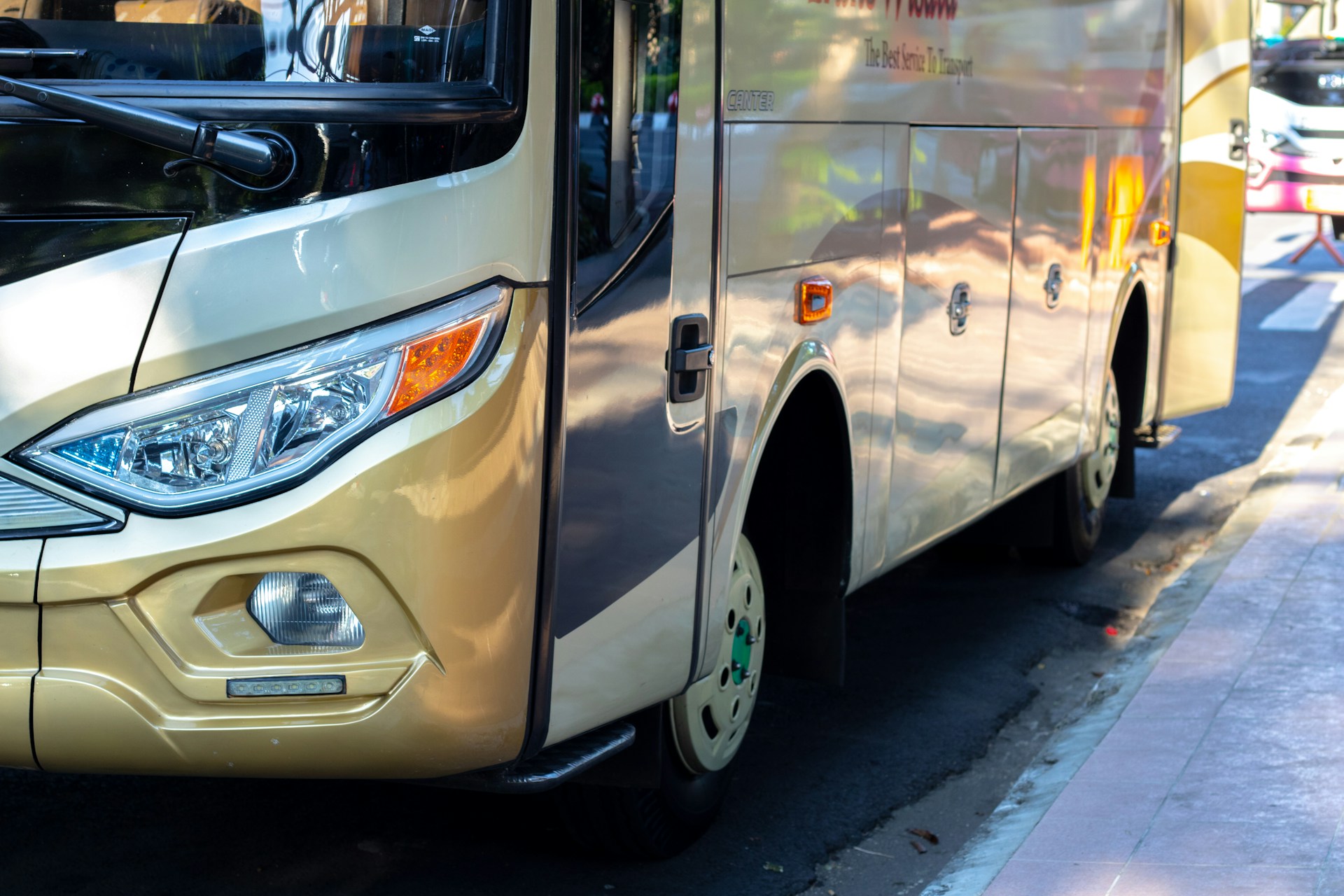“You have to fight to reach your dream. You have to sacrifice and work hard for it.” – Lionel Messi. Major League Soccer, also known as MLS, began in the US in 1996. Twenty-nine teams play in this league with each team having between 20 to 30 players. The format of the league demands that each team plays every other team twice per season. This includes constant back and forth traveling. Each team’s travel method follows rules stated in Article 11 of the agreement. This agreement is called the Collective Bargaining Agreement. Both MLS and the Major League Soccer Players Association have signed this agreement. But there are concerns about long distance traveling having an effect on player performance.
How Transportation Choices and Distance Traveled by Soccer Teams Impact their Performance
The research paper “An Examination of Travel Effects on Performance Outcomes in Major League Soccer” authored by Evan Gilbert, Jess Dixon and Todd Loughead explains that long travel routes can impact a player’s performance. They found that long travel can hurt a player’s performance. Different forms of transportation also have different impacts. Travel by bus or train has less effects, as this doesn’t involve crossing many time zones. Each time zone crossed increases the home team’s winning chances by 20%. If four time zones are traversed, the home team has a 74% higher chance of winning. This means players traveling by bus or train perform better. However, it is pertinent to note that playing in a different time zone often involves traveling by airplane. Taking long flights causes two problems for players. One is disturbances to their internal body clock—the circadian rhythm. The other is fatigue which hampers performance. The study suggests ways to fix these issues as well. This includes adjusting training session intensity and timing to match destination times, along with enough sleep before games.
Modes of Transportation that MLS Teams Use
MLS teams and players like to travel in a few different ways. Going by plane, bus, or personal car are all common ways they get around. Each has its good sides. However, there are no specific details on how the teams handle their trips because they keep it private for safety and other reasons. Still, there are some guesses about what their travel might look like. For airplane travel, teams often have two options to choose from. The famous clubs usually choose private jet flights for more comfort and freedom. This kind of traveling keeps players less fatigued as well. Other teams go with regular commercial flights that cost less, but still get them where they need to be. However, when games aren’t so far away, maybe under 250 miles or so, taking a minivan becomes the best option which gives players time together off the field to talk over strategies and also helps in bonding. Finally, there’s also the option of driving personal cars to games – except this is more often the case if the team playing consists of local players, as everyone lives nearby.
A soccer team’s travel choices can affect a player’s performance. The way they travel and the distance they travel matters the most. Short form travel is done by either a bus or a train, while long distance travel is often done by airplanes. Long distance travel mostly impacts a player’s performance. However, teams can lessen these effects by tweaking training sessions, selecting the right kind of transport and ensuring that their players get enough sleep.

